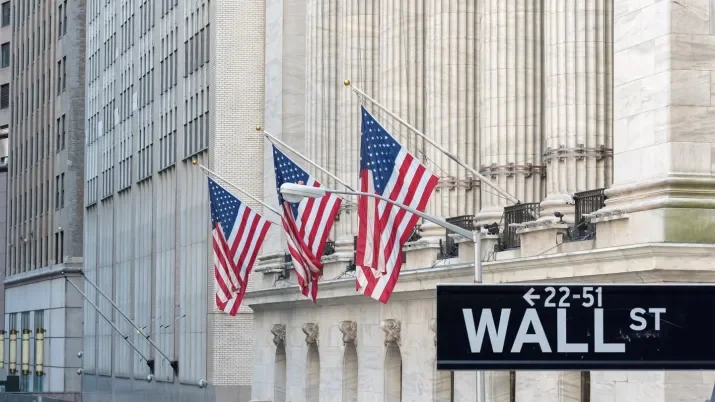Volatility resurfaces this week
Volatility made an unwanted come back this week. A combination of rising tensions in the Middle East, strong Consumer Price Index (CPI) and labour market data in the US in previous days, and markets that looked somewhat expensive in certain sectors, all conspired to cause a widening in spreads and a correction in equity prices. Yesterday, matters seem to have found some fragile stability although the geopolitical risk remains high; we are of course referring to financial markets as the humanitarian crisis is sadly still ongoing.
Our reading of the moves so far this week has to start with government bond curves. On Monday, after Iran attacked Israel directly for the first time in the decades-long conflict in the region, developed market government bonds made a timid incursion into rally territory before quickly retrenching into sell-off mode. We found this reaction somewhat surprising. Although we were not necessarily predicting a pronounced rally, we were definitely not expecting rates to finish the day higher after a major geopolitical event such as the aforementioned one. The sell-off continued into Tuesday before erasing some of the losses yesterday. Reading between the lines, our interpretation is that, although markets took notice of what happened in the Middle East, this is unlikely to be a major driver of the global economy with the information we’ve got at the moment. The situation remains fluid and this might change quickly if Israel responds with further escalation but for the time being we do concur with the view the market has taken.
Given the Middle East events were not enough to catch the G7 government bonds’ attention, the markets rapidly switched their focus back to inflation and central banks. While European Central Bank (ECB) officials look quite confident the conditions required for a June cut are on track, the Federal Reserve (Fed)’s landscape looks a bit cloudier after
last weeks’ CPI print
and with US Treasuries selling off, some market participants had even started talking about the possibility of further hikes. Markets needed to know to what extent the Fed’s outlook had changed as a result of a third upward surprise in CPI in a row while, while at the same time, labour markets and retail sales data a few days earlier had shown little signs of a slowdown. Chair Powell spoke on Tuesday and acknowledged that the confidence the Fed needed to start cutting interest rates had not yet come to pass but at the same time he did not sound too worried and made no mention of hikes. We do not think this was a coincidence. In fact he was quite explicit in saying that if inflation took longer than expected to fall to target then rates could be kept where they are for longer. Our reading is that Powell believes this is part of the bumpier nature of the “last mile” and there is no reason to panic at this stage; US Treasuries reacted with a rally yesterday on the back of his comments.
Against this backdrop, spread products have had a rough few days. In both Europe and the US, high yield credit default swap (CDS) indices, used as a proxy for risk sentiment, widened by close to 40 bps, while Additional Tier 1 (AT1) spreads did so by nearly 50 bps. The recent peak in bond prices though was in late March. Although US Treasuries sold off after February’s CPI print (released on March 10th), spreads had held in heroically until last Friday and only this week did they widen, although we note prices recovered some of the lost ground yesterday. Meanwhile, Collateralised Loan Obligations (CLOs) continue to exhibit resilience and spreads in this sector of the market did not move materially with investment grade spreads only widening mildly in certain sub-sectors, but nothing to write home about.
Although we recognise that geopolitics can change in a heartbeat, it seems that with the current information we have available this looks to have been a justified yet relatively mild sell off in spreads. In the short term, market participants will keep a close eye on Israel’s response to Iran’s attacks. But in the meantime the drivers are likely to remain inflation and central bank actions and after a 50 bps move in 10Y Treasuries post the CPI print, we do think that Powell took some uncertainty away with his comments this week. In the background, macro data continues to paint a reasonable fundamental picture for spreads, growth in Europe and the UK is picking up from low levels, while growth in the US is decelerating from the highs of Q3 2023. In this context, while we think government bond yields represent a good entry point with a medium term view, we believe credit will continue to outperform as has been the case so far this year.




